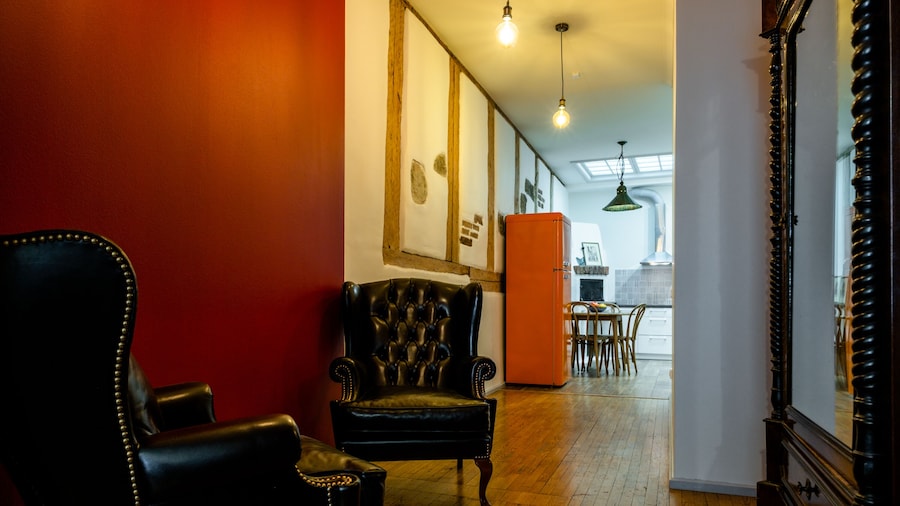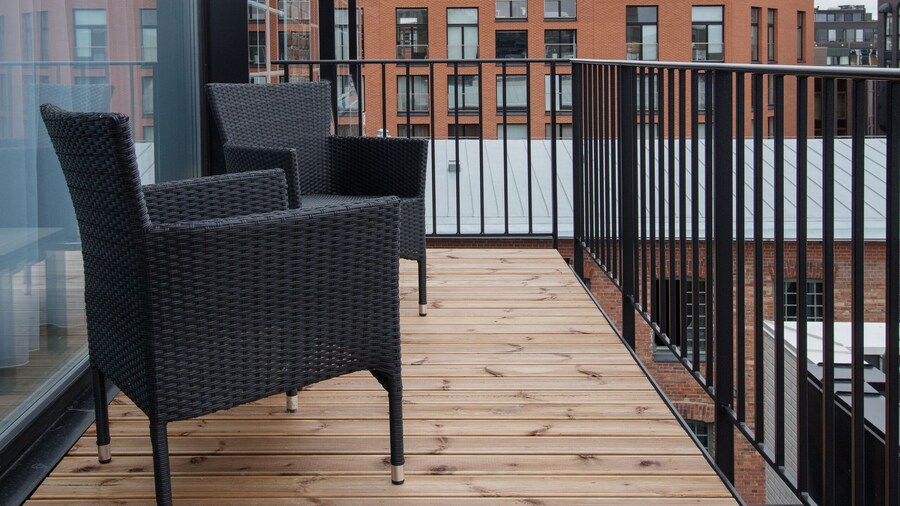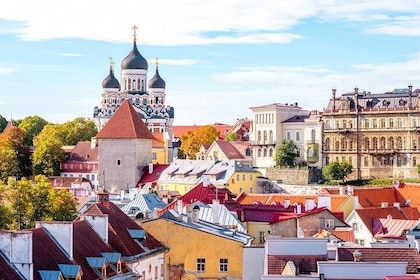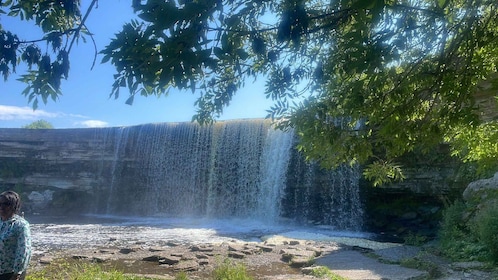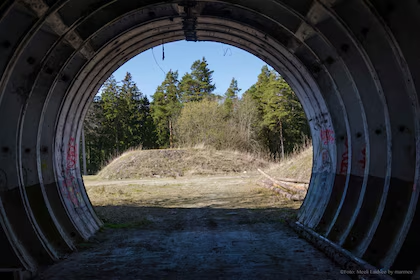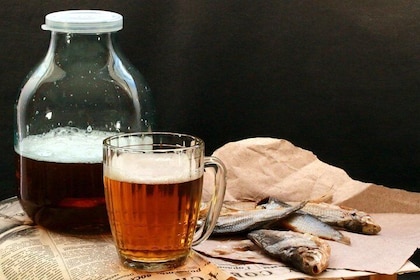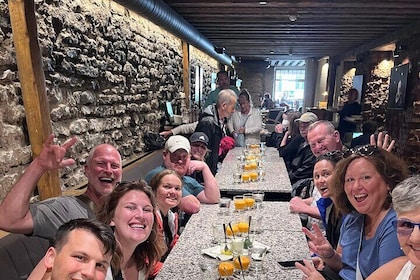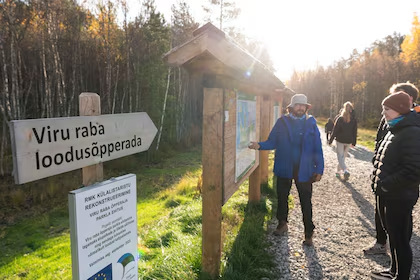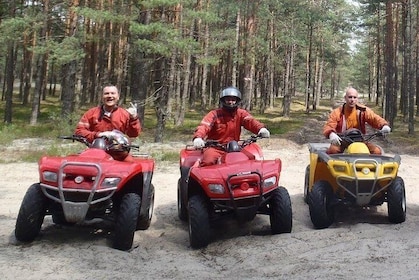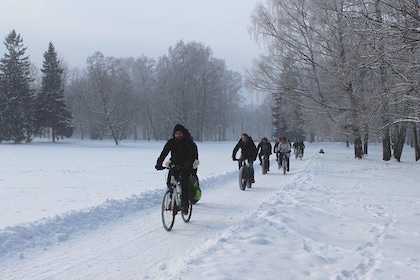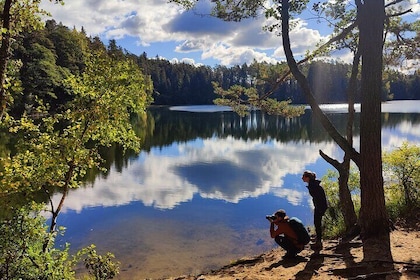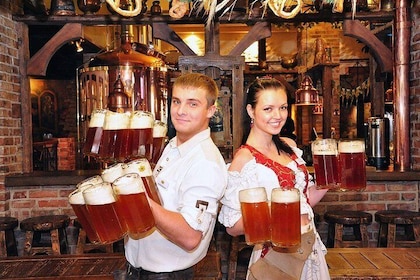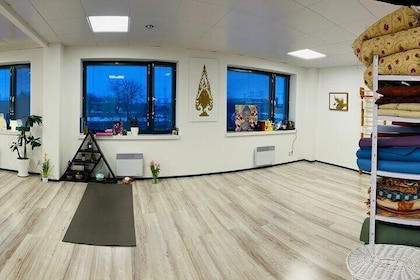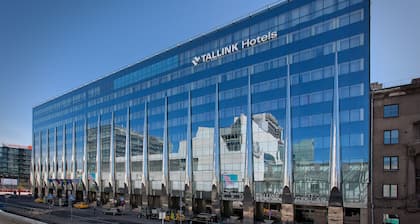Kumu Art Museum is the headquarters of the city’s principal network of galleries. Part of the wider Estonia Art Museum, it has seven floors displaying the best national art from the 1700s until today. Find out how the 20th-century occupation period, socialist movements and other political occurrences have affected art in Estonia.
Gaze up at the innovative design of the building, which was constructed in harmony with the limestone slope of Lasnamäe Hill in Kadriorg Park. Inside, it has a round floor plan with a tall atrium extending to the ceiling. Climb to the roof terrace in summer for a spectacular view of the city.
Among the institution’s defining features is its focus on education for children and young adults, with guided tours, art workshops and a youth club. Inspect the intriguing works that make up the permanent exhibit known as Treasury. It contains Estonian classics from the 18th century until the end of World War II. Learn about the 20th-century Pallas Art School that played a major role in the country’s fine arts movement.
On the fourth floor is the permanent collection about Estonian art in the Soviet era. Consider the relationship between politics and art during a break at the Kumu Café, which serves soups, hot beverages and breakfast.
Note that Kumu opens from morning until early evening Tuesday through Sunday. It is closed on Mondays and Tuesdays in winter and Mondays in summer. It stays open a little later on Wednesdays year-round. Pay a fee to access the main part of the gallery and purchase an additional ticket for the contemporary art exhibit on the top floor.
Kumu Art Museum is one of the Estonia Art Museum’s three galleries in Kadriorg Park. The complex also has branches elsewhere around Tallinn, including in a palace and a former church. Visit the institution’s remaining parts, which are the Niguliste Museum and the adjacent Adamson-Eric Museum, which are a little west of the city center.





